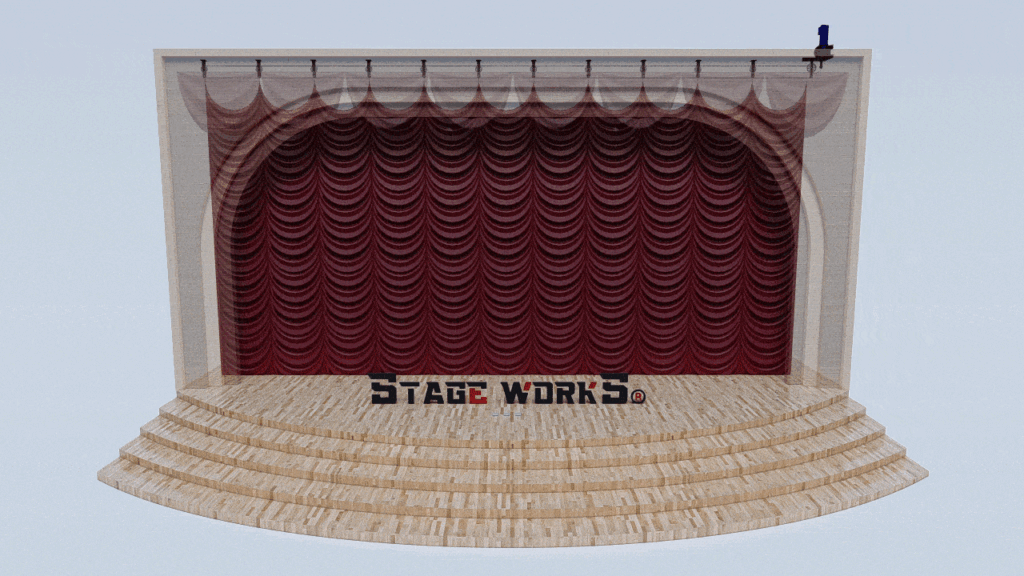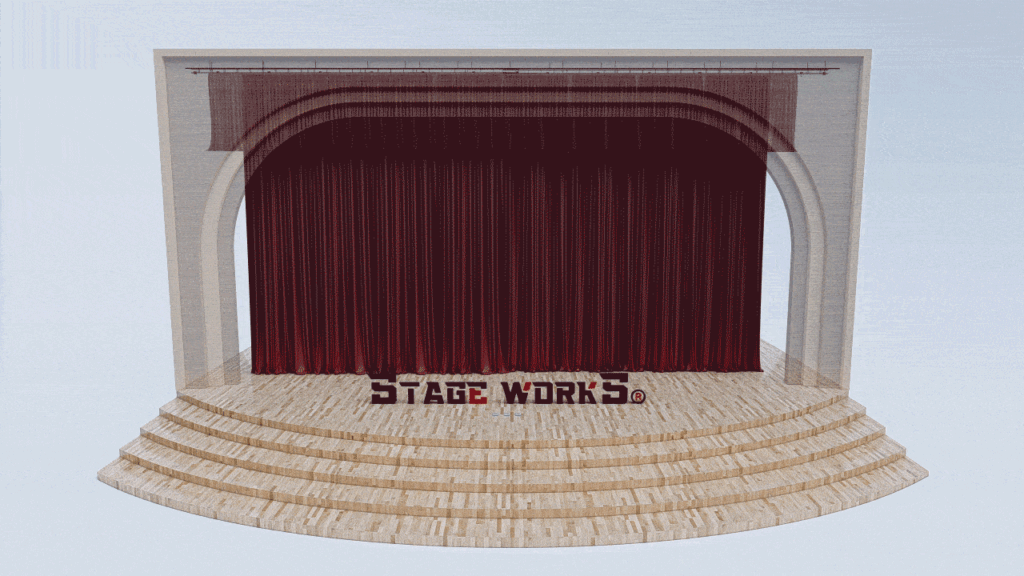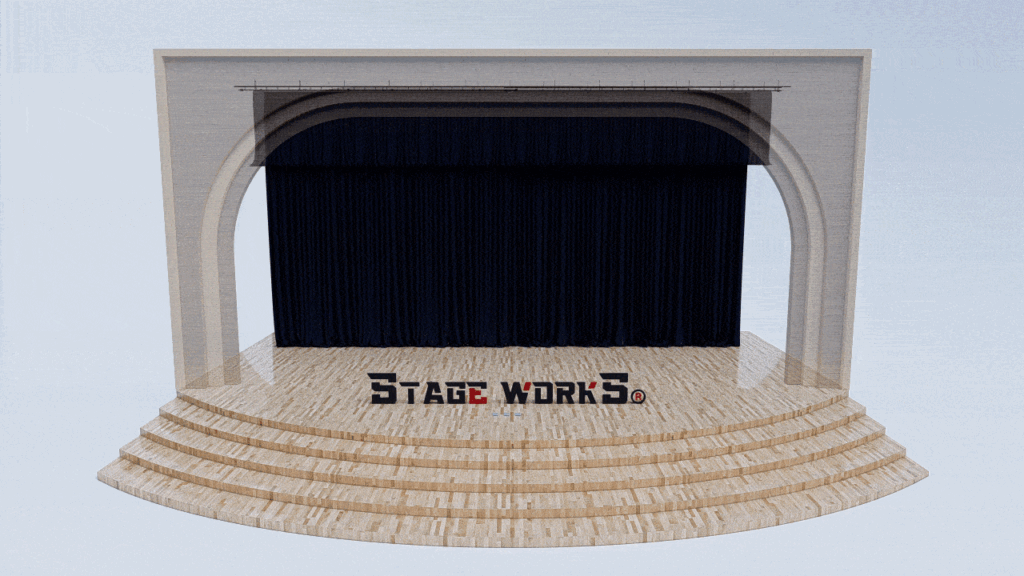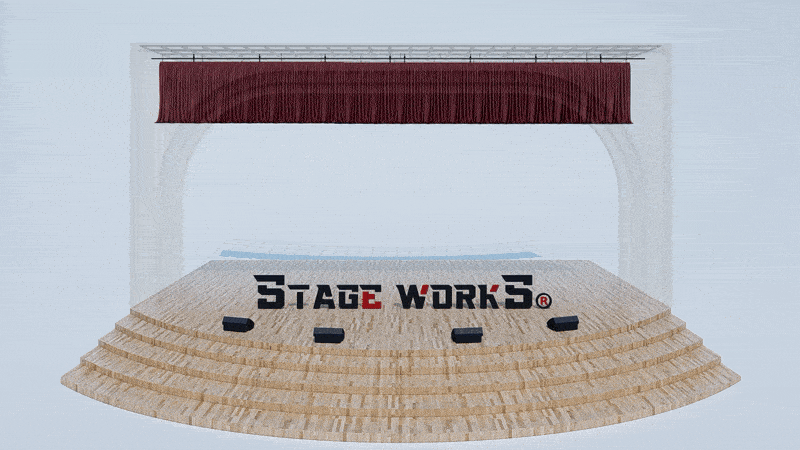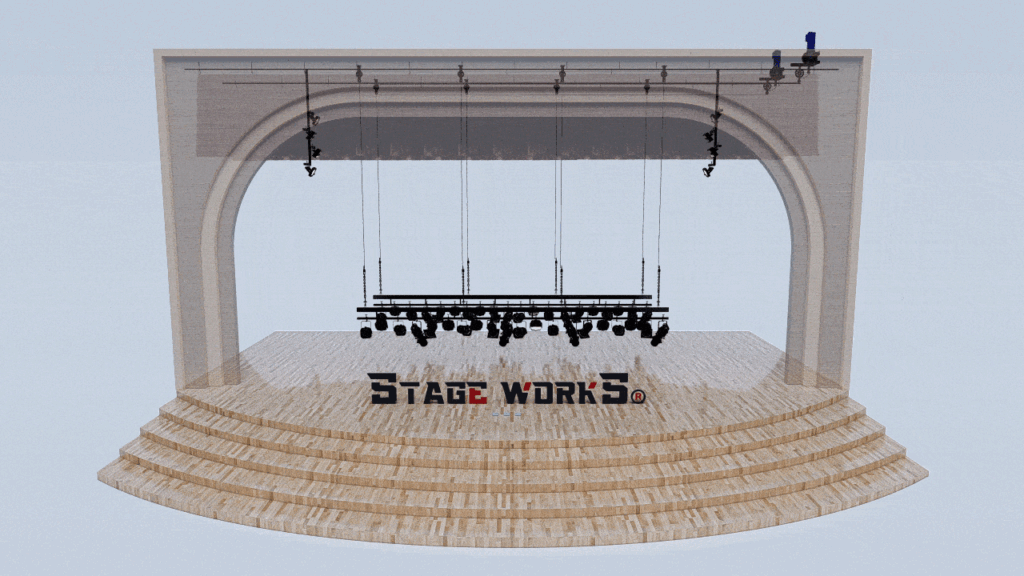StageCurtains.in
Stage Curtain Design 2024: Sustainable & Eco-Friendly Options
Embracing Sustainability in Theatre Production
The theatre industry, long known for its extravagant displays and elaborate sets, is increasingly embracing sustainability. From costumes to lighting, a renewed focus on eco-consciousness is transforming how productions are conceived and executed. Stage curtains, often overlooked, represent a significant opportunity for environmental responsibility. This article explores the exciting advancements in sustainable stage curtain design for 2024, showcasing innovative materials and manufacturing processes that minimize environmental impact without compromising aesthetic appeal.
Sustainable Fabrics: The Future of Stage Curtains
The fabric used in stage curtains is a primary factor influencing their environmental impact. Traditional materials often rely on resource-intensive production methods and contribute to textile waste. Fortunately, several eco-friendly alternatives are gaining popularity:
Organic Cotton:
Organically grown cotton reduces the use of harmful pesticides and fertilizers, resulting in a significantly lower carbon footprint. While potentially slightly more expensive, the environmental benefits are substantial and contribute to a healthier working environment for farmers.
Recycled Polyester:
Made from recycled plastic bottles, recycled polyester offers a durable and aesthetically pleasing alternative to virgin polyester. This innovative fabric diverts plastic waste from landfills while providing a cost-effective and versatile option for various stage curtain applications.
Hemp:
A rapidly renewable resource, hemp boasts remarkable strength and durability. It requires minimal water and pesticides, making it an exceptionally sustainable choice. Its unique texture and natural color also offer designers exciting aesthetic possibilities.
Tencel (Lyocell):
Derived from sustainably harvested wood pulp, Tencel is a biodegradable and incredibly soft fabric. Its drape and lustrous finish make it ideal for creating elegant and environmentally responsible stage curtains.
Eco-Friendly Dyes and Finishes
Beyond the fabric itself, the dyes and finishes used in stage curtain production significantly affect their environmental impact. The shift toward low-impact, water-based dyes is crucial. These dyes reduce water pollution and minimize the use of harmful chemicals, safeguarding the health of both workers and the environment.
Manufacturing Processes: Minimizing Waste and Maximizing Efficiency
Sustainable stage curtain design extends beyond the choice of materials. Efficient manufacturing processes play a crucial role in reducing waste and minimizing the overall environmental footprint. This includes:
Zero-Waste Cutting Techniques:
Employing advanced computer-aided design (CAD) software and precision cutting techniques minimizes fabric waste, maximizing the utilization of each roll of fabric.
Local Manufacturing:
Opting for local manufacturers reduces transportation emissions, contributing to a smaller carbon footprint. Supporting local businesses also fosters economic growth within the community.
Durable Construction:
Investing in high-quality, durable stage curtains extends their lifespan, reducing the need for frequent replacements and minimizing waste in the long run.
The Economic Benefits of Sustainability
Embracing sustainable practices isn’t just environmentally responsible; it’s also economically viable. By choosing durable, long-lasting materials and reducing waste, theatre companies can save money in the long run. Furthermore, the growing demand for sustainable products creates new market opportunities and strengthens brand image.
Choosing Sustainable Stage Curtains: A Guide for Theatre Professionals
When selecting stage curtains, theatre professionals should prioritize transparency and request certifications from manufacturers that verify the sustainability of their materials and processes. Look for certifications like GOTS (Global Organic Textile Standard) or OEKO-TEX Standard 100, which guarantee the absence of harmful chemicals.
Conclusion: A Greener Stage for a Brighter Future
The movement toward sustainable stage curtain design signifies a broader commitment to environmental responsibility within the theatre industry. By embracing innovative materials, efficient manufacturing processes, and transparent sourcing, theatre professionals can contribute to a greener stage for a brighter future. StageCurtains.in is dedicated to providing high-quality, sustainable stage curtain solutions that meet the needs of discerning clients while minimizing their environmental impact.




